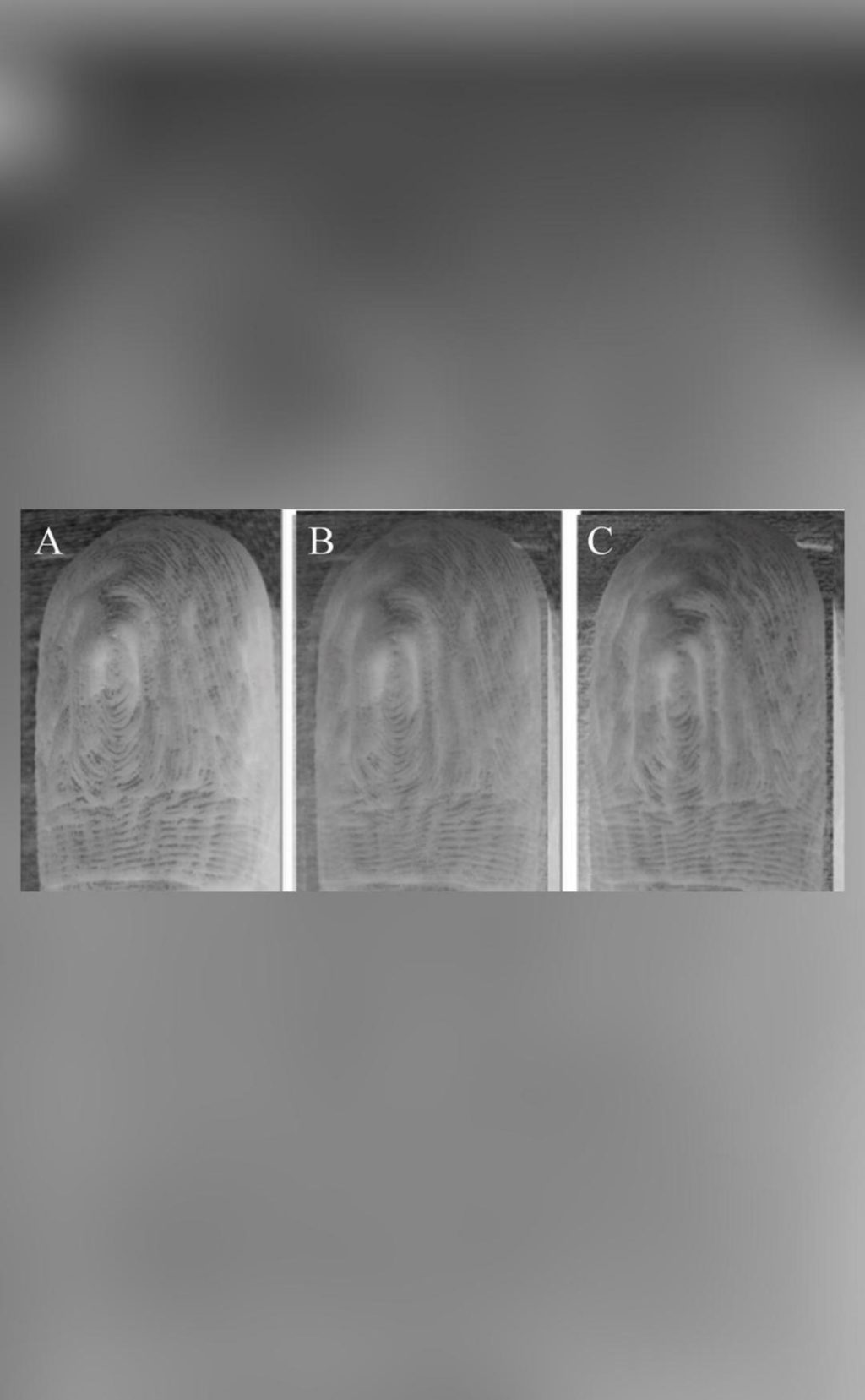
Title: Fingers wrinkle same way each time when immersed in water: Study
As we go about our daily lives, we often experience small, yet fascinating phenomena that we take for granted. One such phenomenon is the wrinkling of our fingers when immersed in water for an extended period. Have you ever noticed that the patterns of wrinkles on your fingers are consistent every time you experience this phenomenon? A recent study published in the Journal of the Mechanical Behavior of Biomedical Materials has confirmed what many of us have observed – our fingers wrinkle in a consistent pattern every time we’re in water for too long.
The researchers behind the study, led by Dr. Giovanni Valsecchi, an associate professor of biomedical engineering at Binghamton University, used a combination of experiments and computer simulations to investigate the wrinkling of human skin. They found that the wrinkling patterns on our fingers are not random, but rather, they follow a specific pattern that is determined by the contraction of blood vessels under the skin.
When we immerse our fingers in water, the skin absorbs water and expands, causing the skin to stretch. At the same time, the blood vessels under the skin contract, which is a natural response to the increased pressure and humidity. According to the researchers, this contraction of blood vessels causes the skin to wrinkle in a consistent pattern, resulting in the characteristic wrinkled, raisin-like patterns we see on our fingers.
The study’s findings have important implications for our understanding of skin mechanics and how our bodies respond to environmental stimuli. “The study shows that the wrinkling of skin is not just a simple response to water absorption, but it’s a complex process that involves the interaction between the skin, blood vessels, and the surrounding environment,” said Dr. Valsecchi.
The researchers used a combination of experiments and computer simulations to study the wrinkling of skin. They created a custom-built device that mimicked the conditions of immersion in water, and used it to study the behavior of skin samples. They also used computer simulations to model the behavior of blood vessels and the skin, and to predict the wrinkling patterns that would occur under different conditions.
The study’s findings have important implications for a range of fields, from medicine to textiles. For example, the study’s results could be used to develop new treatments for skin conditions such as eczema, which are characterized by changes in skin texture and wrinkling. The study’s findings could also be used to develop new materials and fabrics that mimic the properties of human skin, which could have applications in fields such as medicine, textiles, and even robotics.
In conclusion, the study’s findings suggest that the wrinkling of our fingers when immersed in water is a complex process that involves the interaction between the skin, blood vessels, and the surrounding environment. The study’s results have important implications for our understanding of skin mechanics and how our bodies respond to environmental stimuli, and could have applications in a range of fields.






